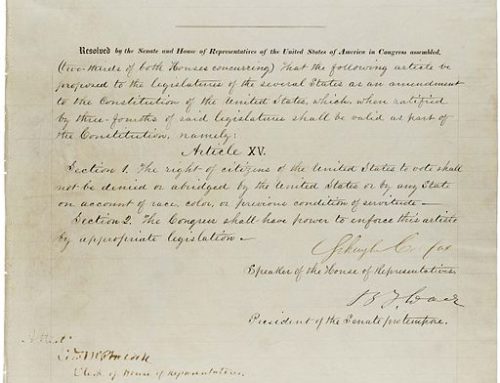By Gretchen Morgenson
In today’s New York Times, Gretchen Morgenson wrote another outstanding investigative journalistic article. Morgenson focused on several important issues:
The failure of several for profit schools to provide the educational benefits that were promised
It is scandalous that these schools inflicted on their students such high debts, especially since the schools have not performed their explicit promises.
The decades-on failure of the U.S. Education Department to prosecute delinquent schools highlights the failure of our government irrespective of party to represent the public
A lawsuit against the Education Department highlighted three ways that the department failed
It did not take reasonable steps to insure that the schools did not commit fraud when they asserted that students approved loan requests
The Department of Education wrongly took steps to enforce the payment of loans even though the student might not have signed for the loans
The Department of Education failed to meet their court responsibility to send notice to students that they could “discharge their loans” when there was widespread proof that the school acted in bad faith.
Let me add my thoughts after reading Morgenson’s article. The federal government has an explicit responsibility to investigate thoroughly these schools for the following reasons:
The government enables these schools to function because government funding provides almost the entire income of these schools
The government needs to weigh explicitly the pros and cons of these schools because the student expenses provide decades-long liabilities. Stated differently, since the government’s role is paramount to the ability of these schools to continue operating, the government has an obligation to assure that 1) the schools have represented honestly the economic benefits of their programs 2) the students have a likely chance to repay their student loans 3) there exists arbitration avenues to negotiate (renegotiate) terms and conditions of these student loans.
The spiraling costs of these student debts is so onerous for its students that it entraps them, stripping them of their ability to function for decades following their school experience. For example, student loans can prevent borrower from getting auto loans or sign an apartment least. (Unlike, other forms of debt, student loans cannot be reduced through arbitration)
Morgenson’s article highlighted two “for profit” schools. I would argue that the situation is so scandalous that a full scale investigation is required to examine the benefits of “for profit schools”, the proper role of the federal government in providing funding for the loans that are the source of much of these school’s revenues, and lastly the on-going suffering of students that suffer decade-long indebtedness. In brief, the situation is scandalous and the role of the federal government in keeping these scams going requires a congressional investigation.
Morgenson highlighted two schools. Let me share with you her comments.
ITT Educational Services, which operates in 138 campuses for some 43,000 students in 39 states, received a letter recently from the government demanding $44 million to cover obligations that might arise from student refunds because the school might lose its accreditation. ITT acknowledged that without access to government loan programs, the school would close. Sadly, the failure of ITT might not allow its students to discharge their debts even though ITT might lose its accreditation.
Two years ago, ITT had 191,225 borrowers carrying $4.6 billion in debt, some $24,000 per borrower.
Morgenson then discussed Wilfred American Educational Corporations that operated beauty and secretarial schools back in the 1980s. Morgenson wrote: “Wilfred ran roughshod over students and profited on the taxpayers’ dime.” Wilfred closed in the 1990’s after regulators uncovered routine falsification of federal student aid applications. Despite the fact that the school has been closed since 1994, many of these loans are still outstanding. Court records show that in many cases Wilfred obtained funding for federal loans by falsely certifying borrowers eligibility.
The Department of Education not only “failed to fulfill their legal responsibility to inform the students that they could discharge their loans, but fought lawsuits at every turn by students seeking to terminate their loans even though the students were supported by law!
Despite a 1996 documentation of Wilfred violations at 50 of its locations, the U.S. Education Department as legally required did not notify the students that they could discharge their debts. This applies to some 50,000 former students.
The decades-old damage to students is distressing. Amounts owed have ballooned because of interest costs and collection fees. Debts have wrecked borrowers credit scores, make it impossible for many to rent an apartment or buy a car. In the case of Wilfred, the average loan has ballooned from $2,500 when it was taken out to $24,000 today.
Conclusion
I think we should consider the cost/benefit of wrapping many of the programs offered by “for profit schools” into the curriculum of either our public schools or community colleges. While I worry that under the aegis of public funding the costs of these programs might spiral out of control, I also do not feel that the present situation is viable. Today, student debt is over $ 1 Trillion—an unsustainable number. This debt includes both private colleges and “for profit” institutions. I find it irrational that borrowers cannot mitigate this financial burden.
Originally published in the Sarasota Herald-Tribune



